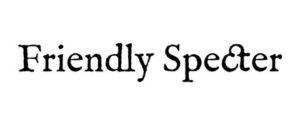Have you ever wondered how to connect with the other side? One fascinating way to do so is by using trigger objects. Even if it might seem daunting initially, it is much easier than you think!
In this post, we’ll explore how to use trigger objects in your paranormal investigations and offer tips and tricks to help you make the most of this intriguing tool. So grab your gear and get ready to explore the unknown!
Related article: Unlocking Secrets with Trigger Objects
Trigger objects and paranormal investigations
Trigger objects could be helpful if you want to gain insight into the ghost haunting a site. Trigger objects help to up any paranormal activity if used correctly.
Trigger objects are believed to have some connection to the ghost or their past and may help elicit a response from them. When they react to the objects, you can capture them on ghost-hunting devices and use them as evidence.
Research the site’s history and any reported hauntings to use trigger objects. This will give you an idea of what objects might be relevant. For example, if the ghost is believed to be from a specific period, objects from that era could be good triggers.
On, for example, battlegrounds, you might try anything army-related that fits the era. If you are researching an orphanage, you might go with toys. If you are investigating a bar, you might bring a bottle of alcohol, a deck of cards, and some music matching the era of the spirits.
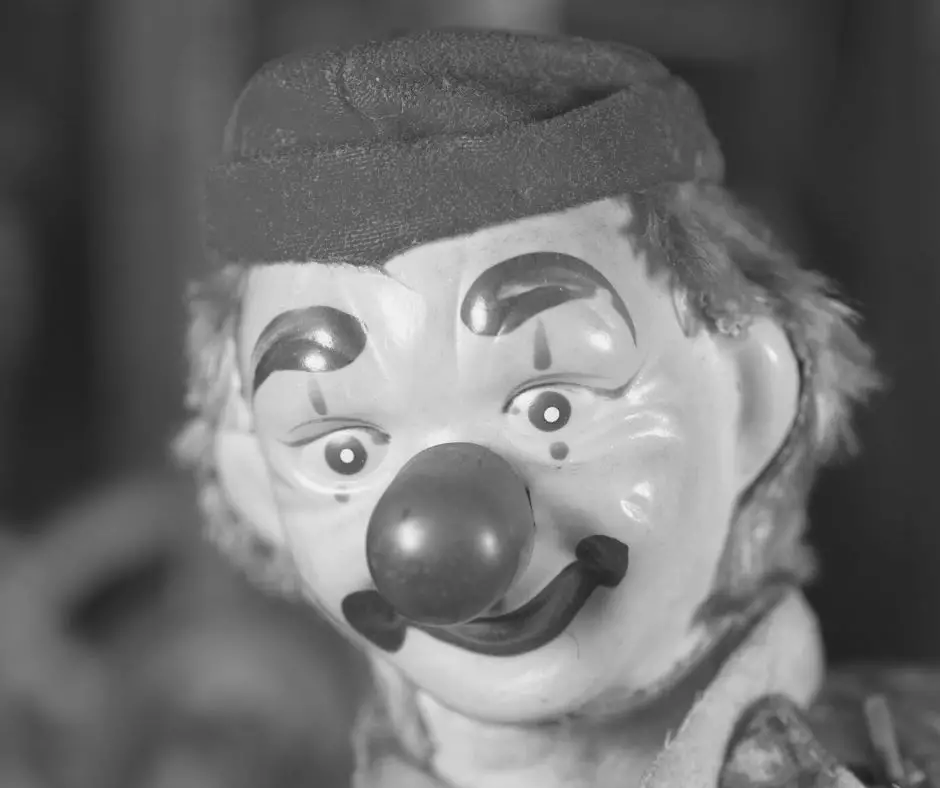
Once you have some potential trigger objects, you can place them where the ghost is known to be active or where activity has been reported. You can also try holding the objects and asking the spirit to communicate.
Remember that not all ghosts will respond to trigger objects, and some may not be interested in communicating at all. It’s also essential to approach any ghostly encounters respectfully and cautiously, as they can be unpredictable.
Overall, using trigger objects can be a fascinating way to try to make contact with a ghost and learn more about their story.
Step-by-step guide on how to use trigger objects
If you’re planning a paranormal investigation and want to use trigger objects to help you gain insight into any potential ghostly activity, here’s a step-by-step guide to getting you started.
It is always good to remember that no conclusive scientific evidence exists for ghosts. It is always good to take everything with a grain of salt. However, many swear they have experienced paranormal activity, including myself.
Step 1: Research the History of the Site
Before you start your investigation, it’s essential to research the history of the site and any reported hauntings. This will help you identify objects that may be relevant as trigger objects. Look for objects that have a connection to the ghost or their past.
When researching specific spirits, asking relatives for leads is always a good idea. Maybe they know what objects they held close to their heart.
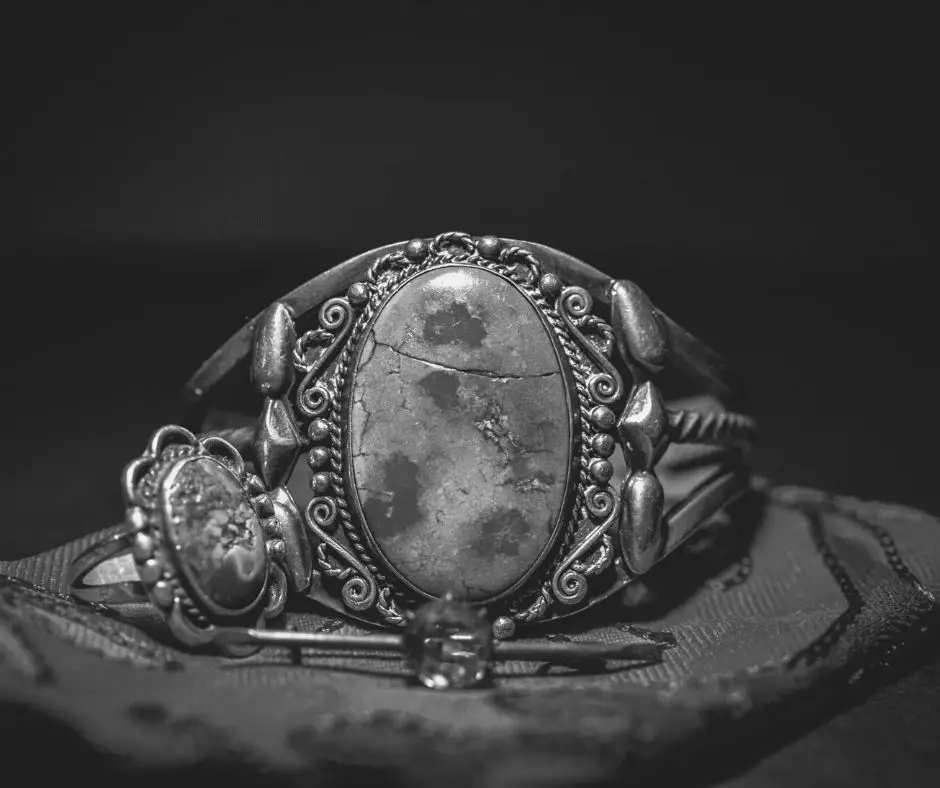
If you are researching domestic hauntings, maybe they have experienced an uptick in activity near a photograph, jewelry box, painting, clock, clothing, or another personal item.
If so, use it in your investigation. The good idea is to move it around, this often creates tension, and the spirit acts out.
Remember always to use trigger objects with care. You have no right to make the spirits upset or angry. They were once living people too. We don’t know what made them stay, so we don’t have the right to make fun of them or exploit them for entertainment.
Step 2: Select Potential Trigger Objects
Based on your research, make a list of potential trigger objects. These can be objects from a certain period, items related to a specific person or event, or objects present during reported hauntings.
Make sure to choose objects that are safe to handle and won’t cause damage to the site or any artifacts.
Step 3: Set Up the Trigger Objects
Once you’ve selected your trigger objects, please place them where the ghost is known to be active or where activity has been reported. Make sure they are easily visible and not obstructing any pathways.
Step 4: Use the Trigger Objects
You can use the trigger objects in a variety of ways. You can try holding the objects and asking the ghost to communicate.
You can also leave a recorder or camera near the objects to capture any potential activity. If you have a group of investigators, you can rotate who holds the objects and see if any patterns emerge.
You can also set up a trigger object bank . This is a collection of objects that might trigger a response. You might have seen trigger objects banks in paranormal TV shows, for example, Ghost Loops, where they stage a scene that correlates to an actual crime scene or home.
. This is a collection of objects that might trigger a response. You might have seen trigger objects banks in paranormal TV shows, for example, Ghost Loops, where they stage a scene that correlates to an actual crime scene or home.
Step 5: Document Your Findings
Make sure to document any potential activity that occurs around the trigger objects. Take notes on the time, location, and any other relevant details.
The best way to capture evidence is to use multiple cameras aimed at the trigger object. If you get an interaction, you can’t verify it if you don’t have parallel videos from different angles. The same goes for audio recorders.
Another great tip is to place a piece of tape and a ruler close to the object. In this way, you can measure the movement. Another trick is to use powder or flour. Sprinkle it on the area and then place the object on top. If it moves, it will be noticed in the flour.
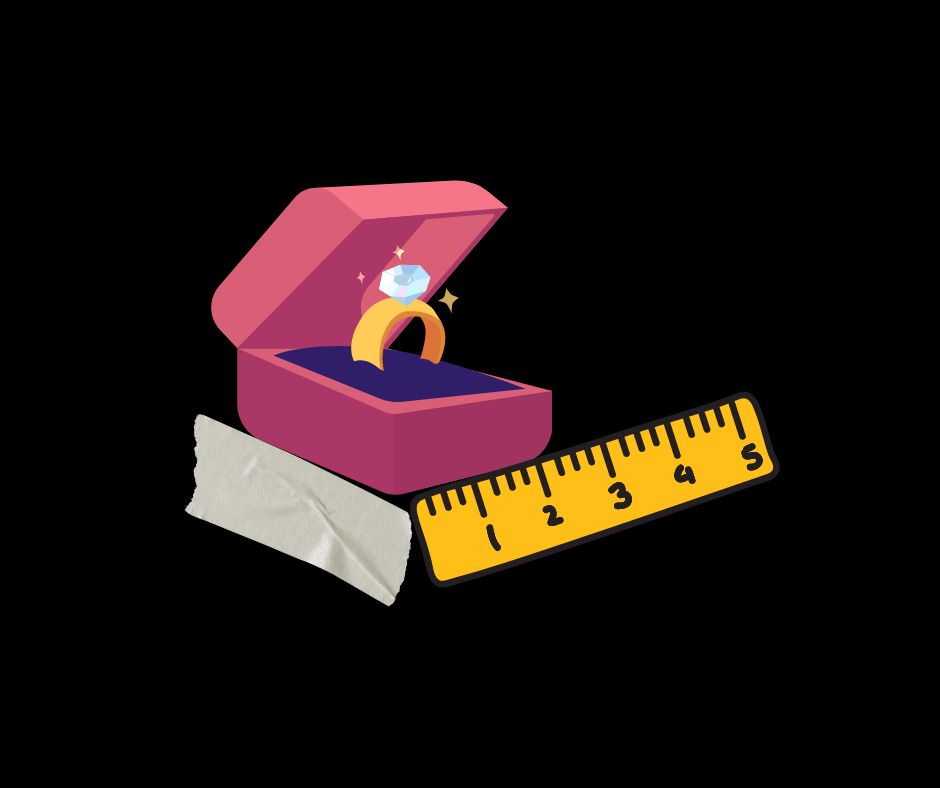
You can sprinkle flour on the floor surrounding the trigger object if placed on a table. This way, you might capture evidence when the spirit moves near the object.
You can also place a MEL meter, K-II meter, or motion sensor close to the item for an added variety of measuring points. Some motion sensors come with a plate where you place the trigger item. It will sound an alarm if there is any movement.
If you capture anything on camera or recorder, review it carefully and note any interesting findings. For further reference, remember to write the date, place, weather conditions, barometric pressure, room, and other important information.
It is worth noting that in rare instances, trigger objects might become haunted objects. In the case of demonic or evil energies, they might see the object as a chance to access the investigator’s home. I tend to cleanse the objects with Palo Santo and never take them inside my home. If you want to learn more about how to cleanse objects with the help of Palo Santo, you find a helpful article here.
and never take them inside my home. If you want to learn more about how to cleanse objects with the help of Palo Santo, you find a helpful article here.
I store my trigger object in my garage, far from my living quarters.
Related article: The Scary Truth About Haunted Objects: Are You at Risk?
Not all ghosts will respond to trigger objects
While trigger objects can be helpful in paranormal investigations, it’s important to understand that not all ghosts will respond to them. It’s essential to approach any ghostly encounter respectfully and cautiously, as these entities can be unpredictable.
There are many reasons why a ghost may not respond to a trigger object. It’s possible that the object has no significant connection to the spirit or their past or that the ghost isn’t interested in communicating at that moment.
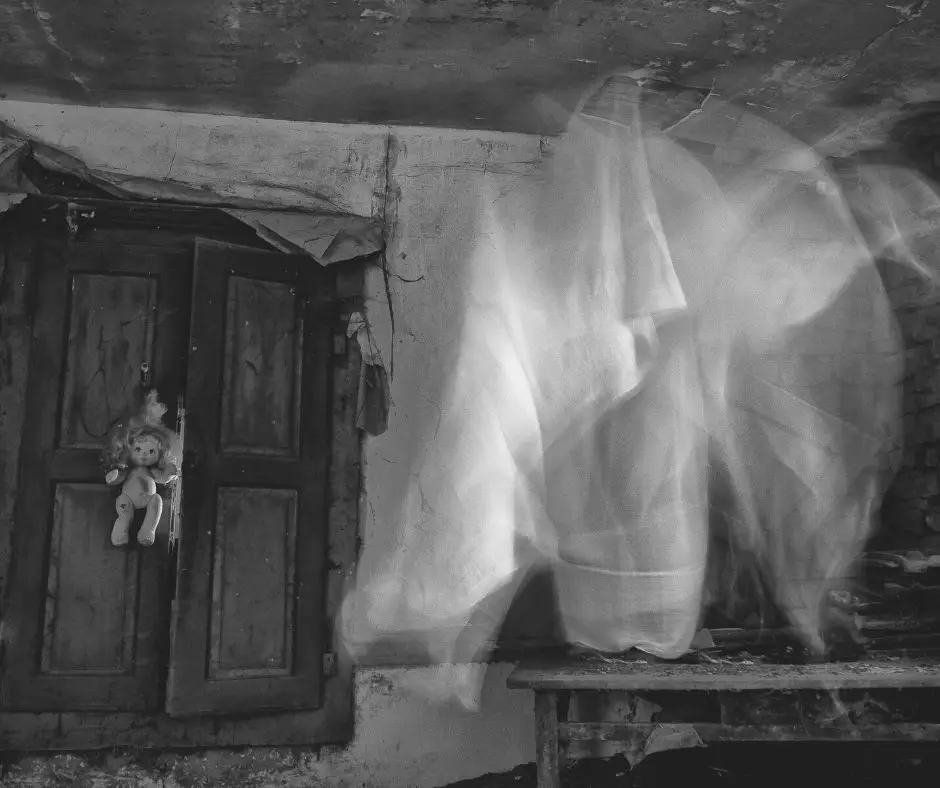
I have noticed that it might take time for a spirit to trust you. Maybe they have been “harassed” by former investigators provoking them or hurting their feelings.
Sometimes it is just personal; they don’t like you for some reason. If you think about it, you don’t open your heart to anyone on the subway. I see it as a friendship; it builds over time if the energy clicks. This is why some psychics can gain great information while others gain none when researching sites.
Some ghosts may be shy or hesitant to interact with the living, while others may not be aware of their surroundings or even notice the trigger object.
It’s also important to remember that not all reported hauntings are genuine, and some may be hoaxes or misunderstandings. Sometimes, there may not be a ghost, or the activity may be attributed to natural causes such as drafts, wildlife, or structural issues.
Overall, it’s crucial to approach any paranormal investigation with a critical and open mind and to prioritize safety and respect for any potential entities involved.
While trigger objects can be an interesting way to try to make contact with a ghost and learn more about their story, they should be used with care and in combination with other investigation techniques to gain a complete understanding of any potential paranormal activity at a site.
Reasons not to use trigger objects
Sometimes, it might not be recommended to use trigger objects, even if they can be very powerful and effective.
If you are dealing with a hostile haunting that is powerful as it is, it might cause more activity than you initially bargained for. There were also records of demonic hauntings when trigger objects escalated the haunting to unsafe levels.
Suppose you are new to paranormal investigations or ghost hunting. In that case, I never recommend anyone using trigger objects if you are unfamiliar with what kind of haunting you are dealing with. If you are not experienced or have someone on your team, a haunting can quickly get out of control.
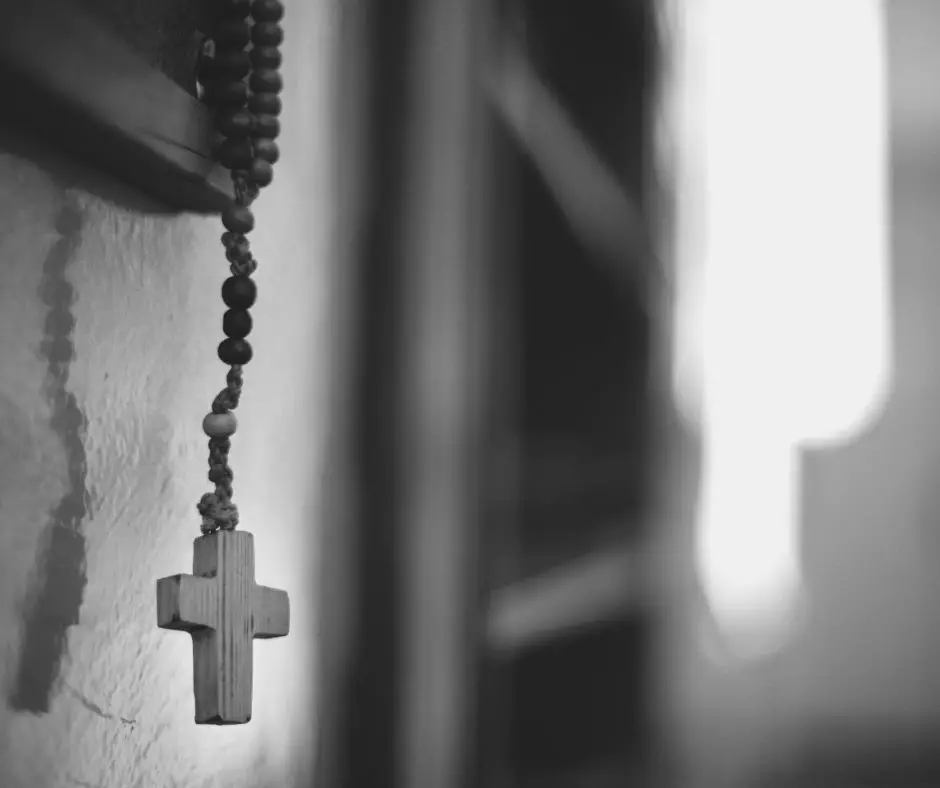
Demonic hauntings might respond very forcefully to trigger objects and lash out at the people placing them. This means that, for example, a necklace with the holy cross, a tattoo with religious meaning, a Bible, or Holy Water will be reacted to with force.
If you are not up for this level of action and know how to respond, it is always better to leave the investigations to people with more experience. With time and practice, I promise you will be able to face these challenges yourself. Stay safe at all times.
Related article: 10 Signs of a Demonic Haunting
